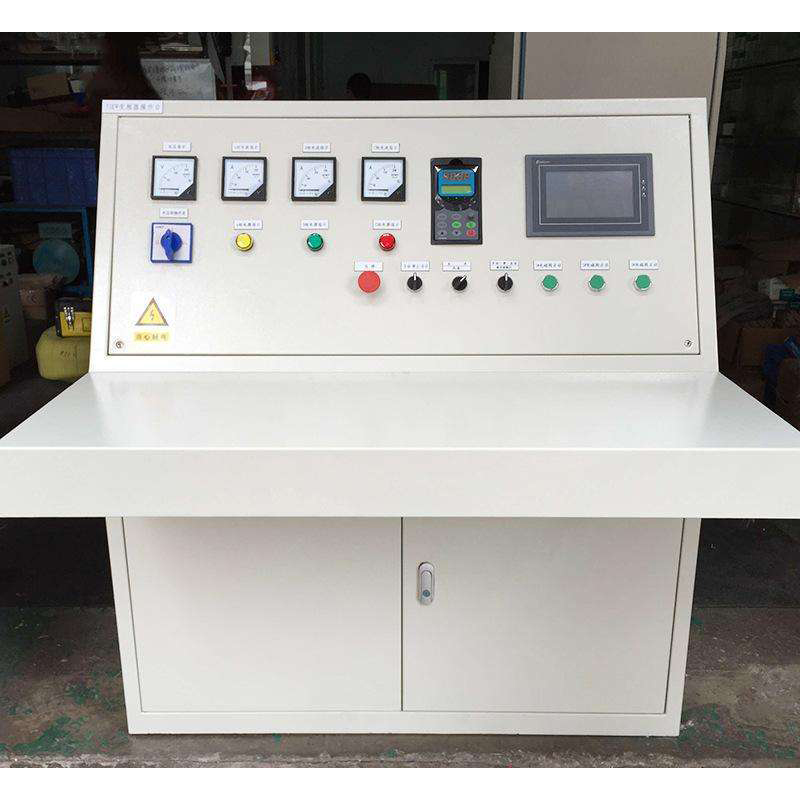
Dec . 31, 2024 17:55
Back to list
Understanding the Functionality and Benefits of Pressure Reducing Valves in Various Applications
Understanding Pressure Reducers A Comprehensive Overview
In various industrial applications, the control and regulation of fluid pressure are paramount. One of the critical components in achieving this control is the pressure reducer, also known as a pressure regulator. This device plays a crucial role in maintaining desired pressure levels within systems that utilize gases or liquids, ensuring safety and efficiency in operations. This article delves into the workings, applications, and importance of pressure reducers in different industries.
What is a Pressure Reducer?
A pressure reducer is a mechanical device that automatically reduces a higher inlet pressure to a lower outlet pressure. It is designed to maintain the output pressure within a specified range, despite fluctuations in the inlet pressure or changes in flow rates. This functionality is vital in preventing damage to equipment and ensuring processes operate smoothly.
How Does a Pressure Reducer Work?
The operation of a pressure reducer is based on a simple yet effective principle. The device features a pressure sensing element that monitors the output pressure. When the output pressure exceeds the preset value, the sensing element triggers a mechanism that adjusts the flow of the inlet fluid, effectively reducing the pressure.
Most pressure reducers consist of a spring-loaded diaphragm that moves in response to changes in pressure. When the outlet pressure rises, the diaphragm compresses a spring, which in turn reduces the inlet flow. Conversely, if the outlet pressure drops, the spring expands, allowing more fluid to pass through. This automatic feedback mechanism ensures that the system maintains the desired pressure settings.
Types of Pressure Reducers
Pressure reducers come in various types, each suited for specific applications
1. Single-Stage Reducers These are relatively simple in design and provide a single reduction in pressure. They are commonly used in residential applications where the demand for pressure change is modest.
2. Two-Stage Reducers In contrast, two-stage reducers offer more precision by providing two sequential reductions in pressure. They are ideal for sensitive applications where maintaining stable pressure is critical.
3. Electronic Pressure Regulators In modern applications, electronic pressure regulators utilize sensors and control systems for precise pressure management. They are often used in advanced industrial processes and automation systems.
pressure reducer

Applications of Pressure Reducers
Pressure reducers find widespread use across various sectors
- Gas Distribution In natural gas systems, pressure reducers ensure that gas reaches consumers at safe and usable pressure levels. This application is essential for both residential and industrial users.
- Water Supply Systems Municipal water supply systems employ pressure reducers to maintain consistent water pressure in pipelines, preventing bursts and ensuring adequate water delivery to households.
- Industrial Applications Manufacturing facilities often use pressure reducers in pneumatic systems, ensuring that tools and machines operate within their designed pressure ranges for optimal performance.
- Medical Equipment In healthcare settings, pressure reducers are vital in devices like oxygen regulators, ensuring that patients receive the correct oxygen pressure for their specific needs.
Importance of Pressure Reducers
The significance of pressure reducers cannot be overstated. They enhance safety by preventing excessive pressure that could lead to equipment failure or hazardous situations. Moreover, they contribute to efficiency, allowing processes to run smoothly without interruptions caused by pressure spikes.
In addition, pressure reducers help save costs. By maintaining optimal pressure levels, they prevent wastage of materials and energy, which is especially important in industries where pressure consistency plays a crucial role in product quality.
Conclusion
In conclusion, pressure reducers are indispensable devices that play a vital role in various industries by controlling and regulating pressure levels. Understanding their operation, types, and applications allows businesses to leverage their benefits effectively, enhancing safety, efficiency, and cost-effectiveness. As industries continue to evolve and innovate, the role of pressure reducers will undoubtedly remain critical in ensuring smooth and safe operations. Whether in gas distribution, water management, or advanced manufacturing, these devices are fundamental in managing the pressures that underpin everyday processes.
Latest news
-
Safety Valve Spring-Loaded Design Overpressure ProtectionNewsJul.25,2025
-
Precision Voltage Regulator AC5 Accuracy Grade PerformanceNewsJul.25,2025
-
Natural Gas Pressure Regulating Skid Industrial Pipeline ApplicationsNewsJul.25,2025
-
Natural Gas Filter Stainless Steel Mesh Element DesignNewsJul.25,2025
-
Gas Pressure Regulator Valve Direct-Acting Spring-Loaded DesignNewsJul.25,2025
-
Decompression Equipment Multi-Stage Heat Exchange System DesignNewsJul.25,2025

